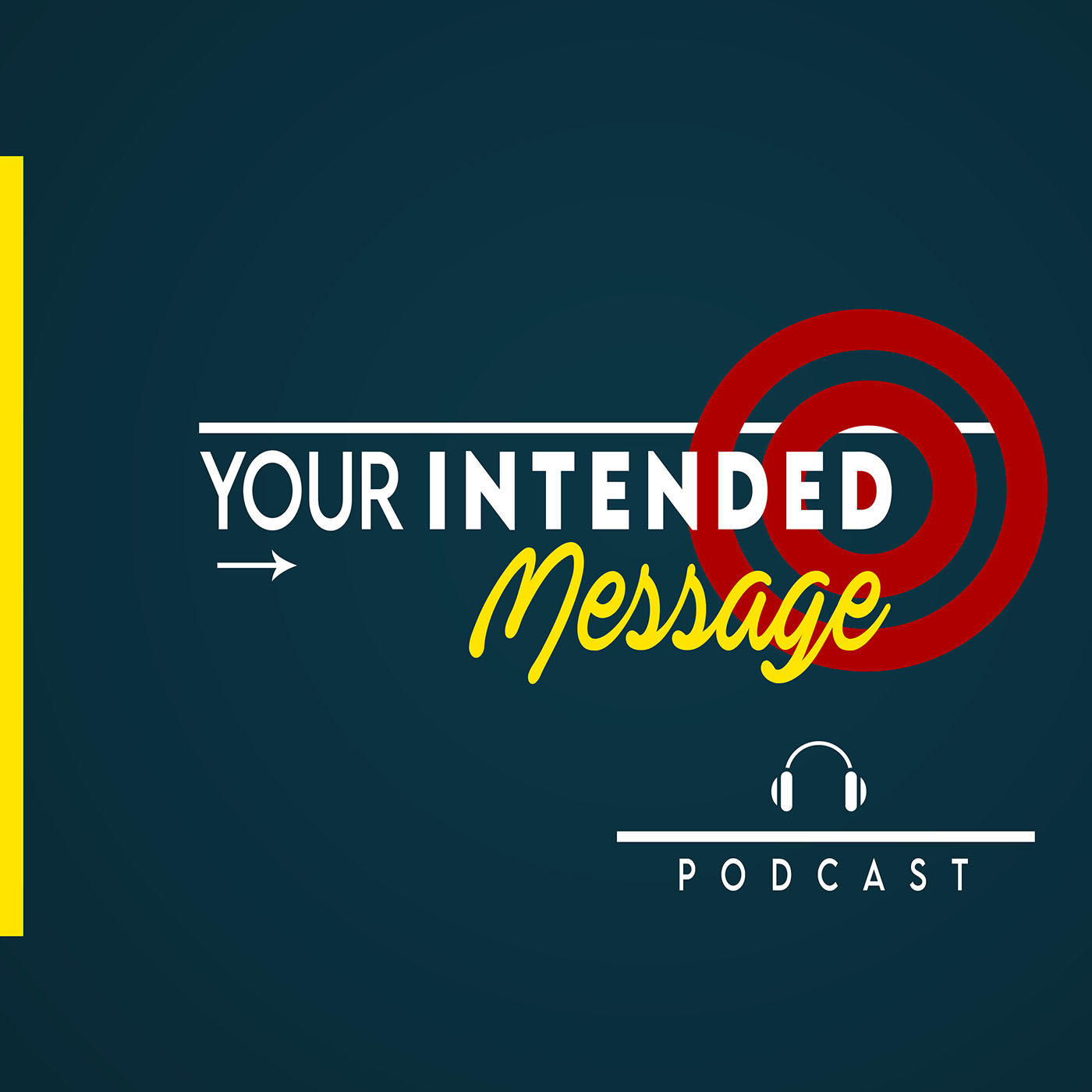
Episode 130 (Vince is based in Dallas)
In this conversation with Vince Poscente we explore:
About Vince Poscente:
Vince is a New York Times best selling author of eight books including his latest, The Earthquake.
He is president of Board Developer providing sound advice for high growth companies.
You can learn more about Vince Poscente and order his latest book at
-----
Excerpts from this conversation with Vince Poscente:
-----
But to answer your question about the earthquake, sometimes we experience a personal earthquake, where we're incapacitated, or we're catatonic or just paralysed by fear of maybe it's bankruptcy, maybe it's divorce, maybe it's a health scare, maybe it's losing a child. I mean, these personal earthquakes that can add absolutely devastate us can create this environment of chaos.
And therefore, how do you get through that chaos? How do you get unparaandlysed and move forward? How do you engage in that way?
And so I'd taken from my own personal financial earthquake, and then turned it into another parable about the ant and the elephant experiencing an earthquake at the very outset of the book, and then how do you get out of this, this chaos? What is this way to get there?
And so that was the challenge of the book.
-----
08:35
Well, here's a fact.
And that is not part of our human experience. Is it like if you run towards something, it gets bigger normally, but fear is insidious. It is. And it's, it's, it's obviously when you get in the middle of it, the reason it gets smaller, you go, Oh, I can handle this, you know.
So those fears, correlate to being able to kind of go against your instinct, which is to run and hide, right? Because there's a part of the brain called the amygdala.
And the amygdala is the oldest part of the brain. And it's quite small about the size of a walnut but that's the gatekeeper for thought, meaning that if you can't get past the amygdala, meaning let's say there's a tiger in the bushes somewhere, right?
The amygdala is going to kick in to do one of three things. It's going to either freeze. That's the first instinct.
The second instinct is to flight to run away. And then the third instinct which would kick you gotta get past these three.
The third one is to fight right so freeze think of a rabbit in the in a field right a little bunny rabbit, and here's a predator, right? What does it do? It first freezes and it just looks around and hopefully you don't see me you don't see me they don't see any. If the predator sees the little bunny, the bunny is going to take off, right?
And then if it's cornered, it's going to rear and then fight, okay, none of those three responses as part of this human condition is to is going to be efficacious, there's going to be very little progress made if you freeze, flight or fight.
So, the hack, by the way, in case you're wondering, let's say you get scared going on stage, speaking to a bunch of people. The reason you've had a bad experience in the past and don't want to do it, again, is that you forgot to breathe, you're not breathing.
And that's trigger for the amygdala, the trigger for the freeze flight or fright flight, or fight freeze flight or fight is to, is to lack of oxygen flow, which is shallow breathing.
So when you're scared, let a scary movie, just notice what your breathing is. It's like it's shallow. It's Oh, no, what's right, and that is triggering the amygdala.
Now it's very safe in a movie theatre to just be there. But if in real life, you're in any of those three states, you're not going to make progress. In fact, the opposite is gonna you're gonna get hurt, something's going to, you know, create a truth in the subconscious mind that this is not a good feeling, but maybe it becomes something like a lack of deserve ability, or there's all sorts of dysfunction that can happen from fear taking hold.
-----
----more----
Your Intended Message is the podcast about how you can boost your career and business success by improving your communication skills. We’ll examine the aspects of how we communicate one-to-one, one to few and one to many – plus that important conversation, one to self.
In these interviews we will explore presentation skills, public speaking, conversation, persuasion, negotiation, sales conversations, marketing, team meetings, social media, branding, self talk and more.
Your host is George Torok
George is a specialist in executive communication skills. That includes conversation and presentation. He’s fascinated by way we communicate and influence behaviors. He delivers training and coaching programs to help leaders and promising professionals deliver the intended message for greater success.
Connect with George
www.SpeechCoachforExecutives.com
https://www.linkedin.com/in/georgetorokpresentations/
https://www.youtube.com/user/presentationskills
https://www.instagram.com/georgetorok/
For weekly tips to improve your presentations visit

 From Rock Bottom to Millionaire: David Price
Communication, Recovery, and Massive Action
Massive Success Requires Massive Act
From Rock Bottom to Millionaire: David Price
Communication, Recovery, and Massive Action
Massive Success Requires Massive Act
 Why Servant Leaders Win: Gary Ridge
The Donkey Leadership Mindset Every Leader Needs
From "I Don't Know: to Great Le
Why Servant Leaders Win: Gary Ridge
The Donkey Leadership Mindset Every Leader Needs
From "I Don't Know: to Great Le
 The Dirty Dozen Words That Destroy Your Message
12 Words and Phrases That Sabotage Your Communication
Communication Tips from Ge
The Dirty Dozen Words That Destroy Your Message
12 Words and Phrases That Sabotage Your Communication
Communication Tips from Ge
 Charisma, Connection & Credibility: Roz Usheroff
Fear, AI & Leadership: How to Stay Human in a Digital World
The Truth About Exec
Charisma, Connection & Credibility: Roz Usheroff
Fear, AI & Leadership: How to Stay Human in a Digital World
The Truth About Exec